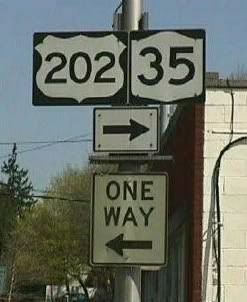But you are continuing to use a negated current angle when jghrist said to ignore post #8.
You missed the point.
Communicating broadly is not the same as communicating as one understands the concept he is trying to communicate. Have you ever watched the show NUMB3RS?
No. I don't put too much stock in Hollywood's perception of reality.
Also, using a simple language analogy, I'm sure neither of us are wordsmiths, so I have to ask you if a wordsmith comprised a descriptive sentence which exhibited utmost precision yet used words not in your vocabulary, would he be communicating broadly?
If there is something that is not understood or you have to phrase it differently so someone can understand, that would be revealed in further discussion. If there is part of my post you do not understand, please elaborate and I will attempt to clarify it.
My universe goes well beyond the math. To elaborate further puts me closer to having a disposition quite similar to yours... one which I don't care to have. While that could be taken as a derogatory implication, it should be taken solely on face value in my universe.
My disposition generally does not include spouting off in posts with boasts of superior knowledge and elite circles. While I am smarter than the average bear, I try to embrace other's ideas and try to see things from their perspective. I readily admit I don't know everything (I would say I know very little) and often make mistakes. But I usually know what I'm talking about and am pleased to find out when I don't because it means I've learned something.
As for my universe, I refuse to join circles of self-inflated wind-bags who trumpet their ignorance with loud boastings of exclusive memberships and refuse to use math they label as inferior. So let the pompous clowns carry on with their so-called elitist standards and attempts to denigrate those who refuse to do things their way, while the rest of the world enjoys the full use of the universal language of math.
Let's get back to reality. What "math circles" do not put negative signs in front of an angle indicator? Why would they label that as an inferior method? Can we not accept that a lot of math results are represented by vectors in just the 1st and 4th quadrant? Who has deemed this as inappropriate behavior?

